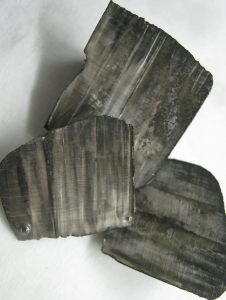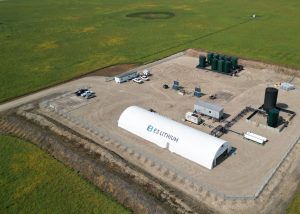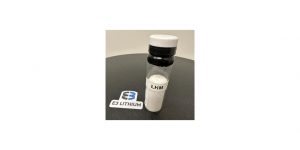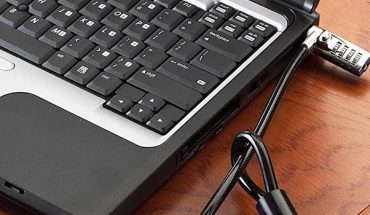The battery power we need for our electric vehicles and mobile devices could come from Canada if the country’s lithium supply chain gets a needed boost from public and private investors.
Our need for all the portable power this mineral can give us is growing: today, almost three quarters of the world’s processed lithium is used to make batteries.

Almost three quarters of the world’s processed lithium is used to make batteries.
It’s also used as a lubricant, an air purifier, in fuels and pyrotechnics, and interestingly enough, to extend human life, not just that of our gadgetry!
But the manufacturing of rechargeable batteries for various vehicles, digital devices and portable electronics is by far the largest global use for lithium. It’s a $40 billion (USD) market now and it’s expected to more than double in value in just the next few years.
Rechargeable lithium batteries are used in laptops, digital cameras, PDAs, smartphones and watches; pacemakers and other personal medical or assistive technologies; surveillance, security and alarm systems; portable power packs, UPS and fixed solar energy storage and, of course, electric vehicles (plug-in hybrid or battery) like trucks, cars and scooters.
Canada has identified lithium as a critical mineral due to its great potential to fuel the economy and the renewable energy transition, but there is work to be done. Canada is only eighth of the Top Nine lithium producing countries, although it takes the fifth spot for the most lithium deposits and reserves worldwide.
Because much of those resources are still underdeveloped, we are a net importer of lithium and lithium products. More than $800 million worth was imported in 2021, up from just over $600 million in 2020, mostly from China and the U.S.
Among the recent projects and initiatives announced to address these issues and develop a homegrown lithium battery industry, French company Nemaska Lithium is pursuing plans to build a battery-grade lithium refinery in Quebec. Likewise, Vale Canada is developing its nickel supply capacity for the EV sector.
Out west, the commercialization of lithium got a charge with word that a new extraction facility is in operation following a successful pilot test by E3 Lithium, an Alberta-based lithium resource and technology company in which the Canadian government invested $27 million.

Alberta’s first lithium extraction plant recently began operations after successful pilot testing. The E3 Lithium Field Pilot Plant is shown as of August 28, 2023. (Photo: Business Wire)
Using proprietary Direct Lithium Extraction (DLE) ion-exchange technology it developed for the project, E3 Lithium says it will be producing high-quality lithium products for direct sale to battery manufacturers from its plant east of Olds, Alberta. In addition to its own DLE platform, E3 worked with third-party technologies as it conducted a series of system tests and necessary inspections. Prairie Lithium is another company using DLE technology, and government funding assistance, to ramp up commercial scale lithium production here as quickly as possible.
Of course, a major concern with lithium mining is its environmental impact, and there are efforts in the industry to reduce negative impacts. Among the issues: extracting lithium often consumes significant amounts of water and energy, and lithium mining can pollute the air and water with chemicals and heavy metals.
Efforts are being made across the industry to develop more sustainable mining practices, such as using renewable energy sources, recycling water and reducing chemicals. E3 says its approach to production facility and technology management can use renewable power sources and carbon capture techniques to reduce the eco-footprint of the operation, which does not require tailing ponds, open pits or salars, underground brine deposits from which lithium-rich liquid is pumped and sent to open air pools to slowly evaporate.

Lithium Hydroxide Monohydrate Produced from E3 Lithium’s Brines (Photo: Business Wire)
“The start of full operations is a testament to the hard work the team has been putting in to get this equipment running,” said Chris Doornbos, President and CEO of E3 Lithium. “[D]emonstrating DLE at pilot scale will enable us to move forward in developing this lithium asset in Alberta towards commercialization. We are very excited to be able to outline these preliminary results” which, the company reported, showed an initial lithium recovery rate of more than 94 per cent, with a concentrate purity of greater than 80 per cent.
And, in an update from the company received just after post time, E3 reports it has successfully produced 99.78% pure battery quality Lithium Hydroxide Monohydrate (LHM) in its process, a substance recognized as an industry quality specification.
-30-



